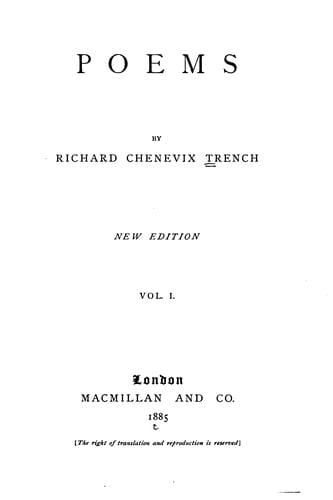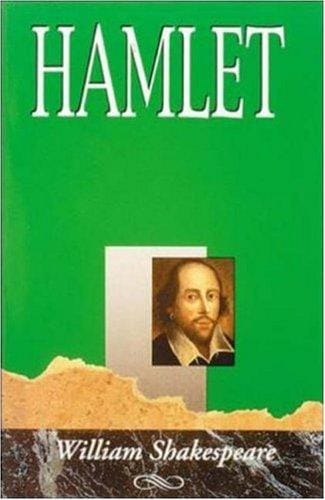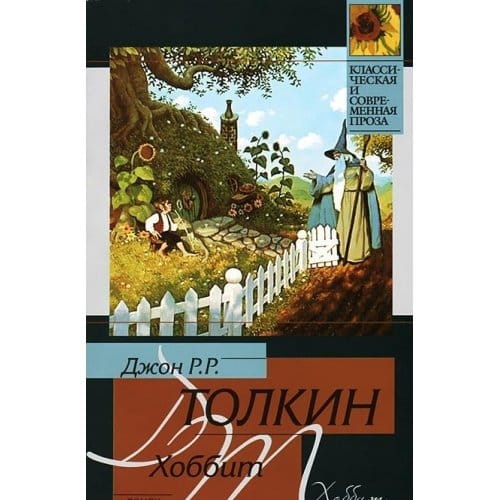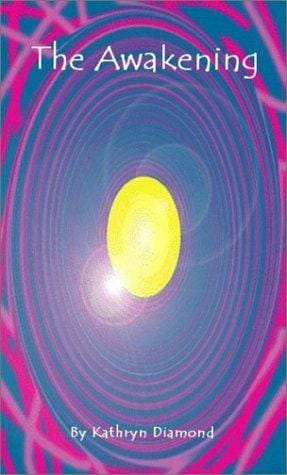The Timeless Allure of Poems: Why Poetry Matters in 2024
Discover the enduring power of poems—their history, forms, benefits, and tips to craft your own verses—in this easy-to-read guide.

Introduction
Few literary forms possess the staying power of poems. From the oral chants of ancient civilizations to the viral Instagram verses of today, poetry continues to enchant, challenge, and comfort readers across cultures and generations. At its core, a poem is a condensed expression of human emotion and thought, crafted with precision and musicality. In a fast-paced digital world that prizes quick information, the measured cadence of poetry offers a welcome pause, inviting us to reflect on language and life.
A Brief History of Poems
The roots of poetry stretch back thousands of years. Early societies used rhythmic language to preserve myths, laws, and stories before written language existed. The Epic of Gilgamesh, composed around 2100 BCE, stands as one of humanity’s earliest surviving poems. Ancient Greek poets like Homer and Sappho refined meter and lyricism, while classical Sanskrit works such as the Ramayana showcased the epic potential of verse.
During the Middle Ages, poetry evolved through troubadour songs and narrative romances. The Renaissance introduced the sonnet, perfected by Petrarch and later embraced by Shakespeare, who famously manipulated the form’s fourteen-line structure to explore love, politics, and mortality. The Romantic era amplified personal emotion and nature imagery, whereas Modernists like T.S. Eliot and Langston Hughes experimented with fragmentation and free verse to mirror the complexities of the twentieth century.
Popular Types of Poems
Sonnet
A sonnet contains fourteen lines, typically written in iambic pentameter. The Shakespearean sonnet follows an ABAB CDCD EFEF GG rhyme scheme, concluding with a rhymed couplet that delivers a powerful volta—or turn of thought.
Haiku
Originating in Japan, haiku distills a moment into 17 syllables arranged in a 5-7-5 pattern. Despite its brevity, a successful haiku evokes vivid imagery and emotion, often anchored by seasonal references.
Free Verse
Free verse abandons strict meter and rhyme, granting poets greater flexibility. This form gained popularity through Walt Whitman’s Leaves of Grass and remains a favorite among contemporary writers who value organic rhythms.
Villanelle
Known for its mesmerizing refrains, the villanelle features 19 lines in five tercets followed by a quatrain. Dylan Thomas’s “Do Not Go Gentle into That Good Night” exemplifies the form’s musical repetition.
Spoken Word
Designed for performance, spoken-word poetry leverages voice, gesture, and audience interaction. Slam competitions have propelled this style into mainstream consciousness, making poetry a communal and dynamic experience.
Why Poems Still Matter Today
In 2024, algorithms curate much of what we read, yet poetry resists homogenization. Each poem is a handcrafted artifact, encouraging slow, mindful reading. Social movements also find a potent ally in poetry; concise, resonant lines can galvanize communities faster than lengthy essays. Additionally, poetry’s adaptability to multimedia—text, audio, video—ensures its relevance on platforms ranging from podcasts to TikTok.
Benefits of Reading and Writing Poems
Emotional Intelligence: Poems articulate nuanced feelings, helping readers name and process their own emotions. Studies show that engaging with poetic language can boost empathy.
Cognitive Flexibility: Interpreting metaphor and symbolism stimulates neural pathways related to problem-solving and creativity. This mental workout improves adaptability in everyday life.
Stress Reduction: The rhythmic qualities of verse slow breathing and heart rate, fostering a meditative state. Reciting or listening to poems can lower cortisol levels, similar to mindfulness exercises.
Communication Skills: Crafting a poem demands precision. Selecting the perfect word sharpens vocabulary and teaches economy of expression—an asset in emails, presentations, and conversations.
Cultural Connection: Poetry offers snapshots of specific eras, places, and identities. Reading diverse poets broadens cultural awareness and counters echo chambers.
How to Start Writing Your Own Poems
1. Read Widely: Immerse yourself in various styles and eras to understand the possibilities of poetic form. Annotate lines that move you and note how the poet achieves the effect.
2. Keep a Notebook: Capture fleeting observations, snippets of dialogue, or interesting word pairings. These raw materials often bloom into full poems later.
3. Play with Form: Experiment with fixed structures like haiku or sonnets to learn discipline, then try free verse to explore intuition and voice.
4. Focus on Imagery: Show rather than tell. Instead of writing “I felt sad,” describe the cold coffee left untouched on the windowsill.
5. Edit Ruthlessly: First drafts rarely shine. Read your poem aloud to detect awkward phrasing, then cut any word that doesn’t earn its place.
6. Seek Feedback: Join local workshops or online communities where constructive critique is encouraged. Fresh eyes reveal blind spots and inspire growth.
7. Perform Your Work: Even if you never enter a slam, reading your poem aloud clarifies rhythm and emotion. Recording yourself can also highlight pacing issues.
Final Thoughts
Poems are far more than decorative lines on a page; they are living vessels of language that adapt to every era while preserving timeless truths. Whether you read to unwind, protest injustice, or excavate personal memories, poetry offers a versatile toolkit for expression and connection. As technology accelerates communication, the deliberate intimacy of a poem becomes ever more valuable. Embrace poems—write them, recite them, share them—and discover how a few well-chosen words can expand your world.



